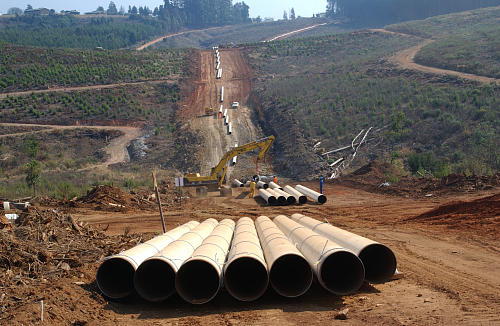
Canada’s National Energy Board (NEB) has stopped requiring pipeline companies to publish the geographic coordinates of pipeline repairs, DeSmog Canada has discovered.
Until recently, the NEB openly posted the GPS coordinates of pipeline repairs. In the last few months, however, the NEB has quietly allowed companies to keep that information from the public.
According to the federal pipeline regulator, “public safety” was the reason for withholding information on the location of repairs, referred to as “integrity digs”. These digs include the inspection of cracks, dents or corrosions. DeSmog Canada insist that Canadians should be able to access information about the safety of pipelines. “There are places where the drinking water is only a couple of feet deep under the surface, where the pipe is, depending on the time of year, actually lying below the water table”, says Ian Stephen, the campaign director of the Chilliwack-based WaterWealth Project.
Integrity digs take place when problems occur, which are spotted through an inspection tool placed inside the pipe. These issues are fixed by digging up the pipeline and repairing the damage by patching the pipe or replacing a section of it. Often hundreds of integrity digs will take place in specific areas, casting doubt on the quality and safety of that section.
Interestingly, integrity digs have always been required to be published, but only when they occur within 200 metres of schools, hospitals, residencies or other institutions where large groups of 50 people or more gather or within 30 metres of a waterbody or wetland. In other words, many digs remain in the dark.
Even though companies will sometimes provide maps of the integrity digs they are not always clear, since the maps sometimes do not include street names.
Read more about pipeline integrity digs
Learn more about the risk TransCanada’s proposed Energy East Pipeline poses to New Brunswick’s drinking water, homes, and sustainable businesses here.

